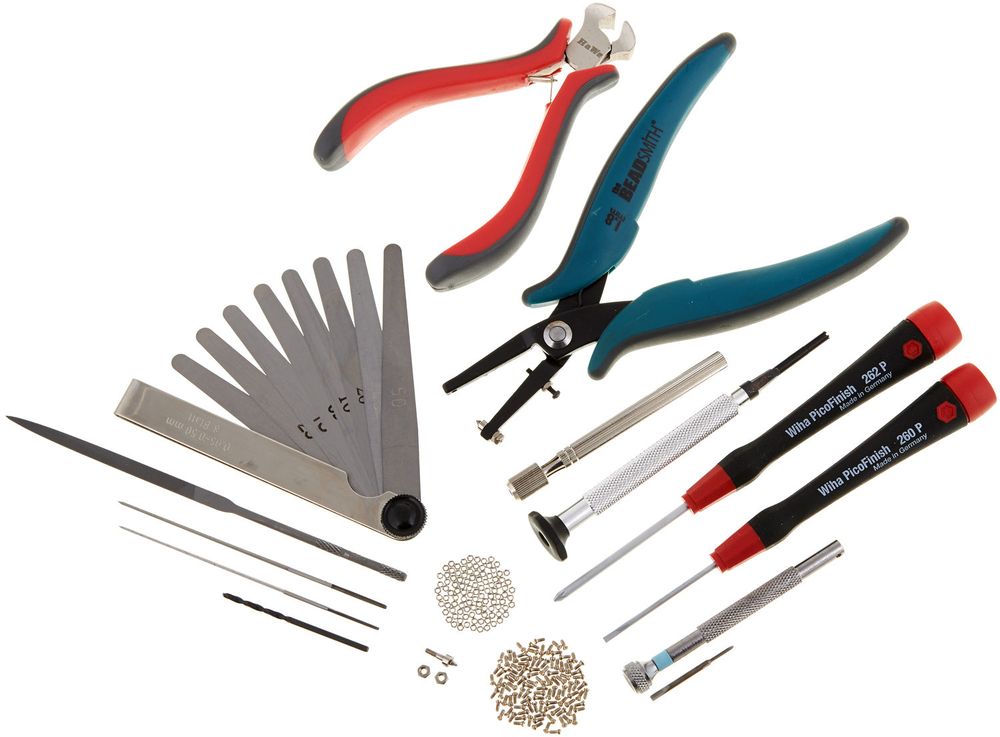7. Tips and care
Before you play
Its a good idea to warm up your harmonica before you play, or at least to let it adjust to the temperature of the room. The reeds and reed plates are metal, so they respond to changes in temperature. It may be enough simply to hold it in your hand for a few moments, or blow and draw gently to make sure everything is working. You could also put it in your pocket for a while, provided your pocket is clean!
First Steps
If you are new to harmonica playing, its probably best to start with a standard ten-hole Richter diatonic, tuned to C. Many tutor books come with a harp, but most books base their courses on C Richters anyway.
A new harp is not always easy to play; the reeds need to loosen up a bit. Warm it up, and play it gently at first. Start with single notes and concentrate on getting a good clean tone - dont let other notes creep in. Experiment with blowing, drawing and bending, and youll soon start to find your way around. Herr Richters great gift to the world is a system that makes the harp dead easy to play - though once you start, youll never stop learning.
Cleaning and Care
Its a messy business, playing the harmonica. No matter what you do, occasionally the reeds will clog up and all sorts of unaccountable matter will build up in the channels. You should always gently tap this stuff out of the harp when youve stopped playing, but eventually youll have to do some proper cleaning and maintenance.
Some harps are designed to be cared for easily; the cover plates can be unscrewed and the reed plates replaced. Others, like the Marine Band, are less user-serviceable, so you need to proceed with caution.
Basic tools include small slot and cross-headed screwdrivers, cotton buds and possibly a gentle cleaning agent. This should be alcohol based - though whisky, beer and wine are not recommended - and should not be a strong solvent. Water is best for most cleaning purposes, but a wooden-combed harp will not respond well to too much moisture - the comb can swell and distort. Use the damped cotton buds to gently remove any obvious soiling, and clean out the channels of the comb. Be careful not to leave threads of cotton behind, though. Clean the covers as well.
Chromatic harps sometimes need oiling to ensure the smooth operation of the slider; an appropriate silicon-based oil should be used.
Tuning
Eventually, all harmonicas go out of tune. The reeds you bend most, finally stop unbending and you have to replace them, or if youre really dedicated, try to retune them. The rule is, if its going to cost a lot to replace your harp, then try tuning it, or giving it to a professional to repair. But if your budget is not too restricted, its usually better simply to replace the harp.
Some harps are designed to allow you to replace the reed plates without buying a whole new harmonica, which can save money. But if you really want to try tuning, heres how its done proceed at your own risk!
Youll need a very fine file - a nail file might do - and great dexterity. Use a thin blade to lift the reed clear of the slot, but don't bend it - you just need enough to be able to file. To raise the pitch a little, file near the tip of the reed - but not the very tip. The reed must stay the same length. To lower the pitch, file near the base. If you can see a bend at the tip of the reed, you can gently try to straighten it - though its a fragile process and may result in a permanently broken reed. Check to see that the reed is sitting snugly in its slot, and make sure any debris is thoroughly cleaned away.

C.A. Seydel Söhne Toolset Basic
Some manufacturers offer special cleaning and care kits, and these are particularly useful if you play a chromatic harmonica, with their moving parts and delicate engineering. The watchword throughout, however, is caution; unless you are sure of what youre doing, leave it to the professionals, or simply get another harp.


